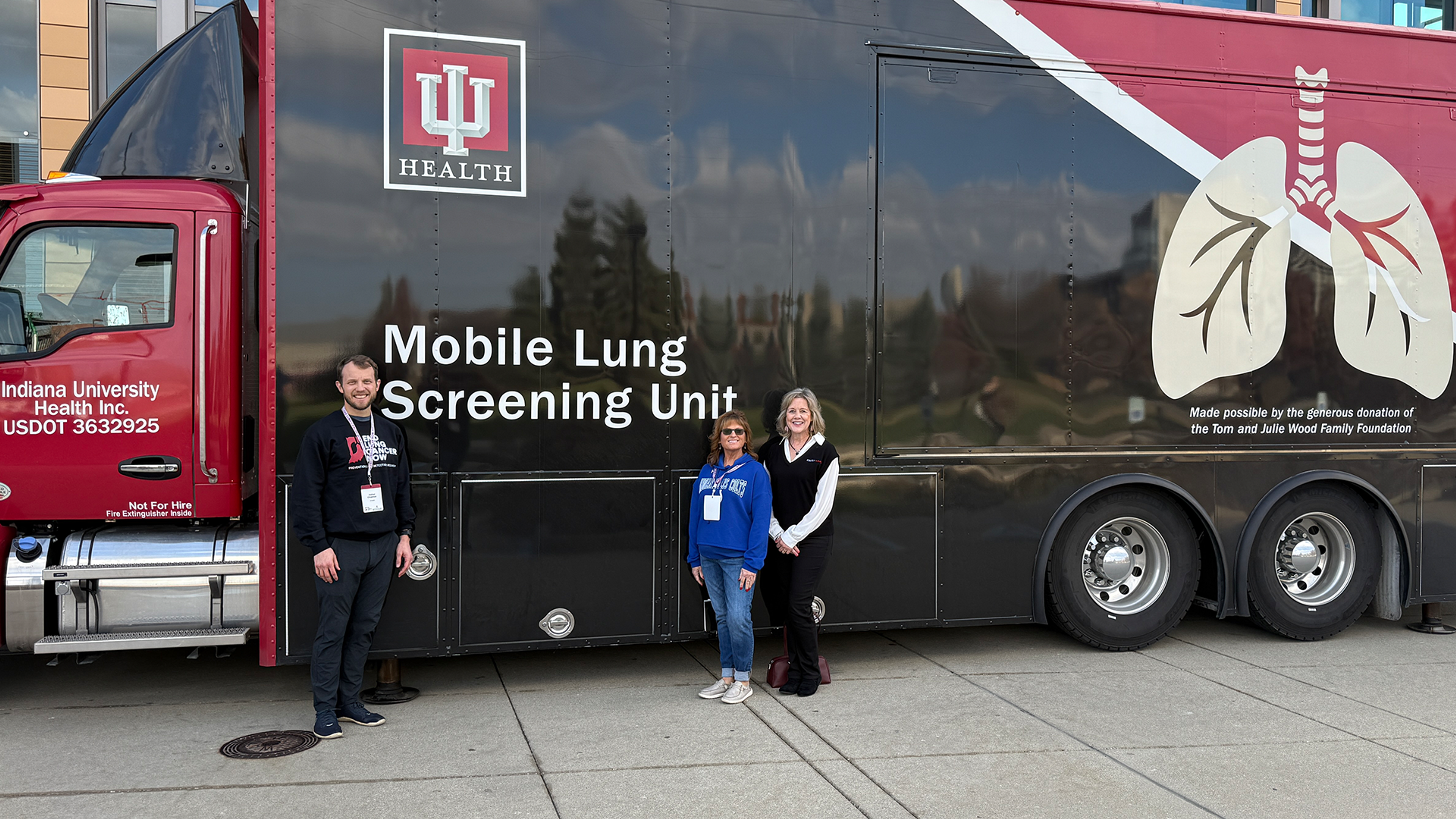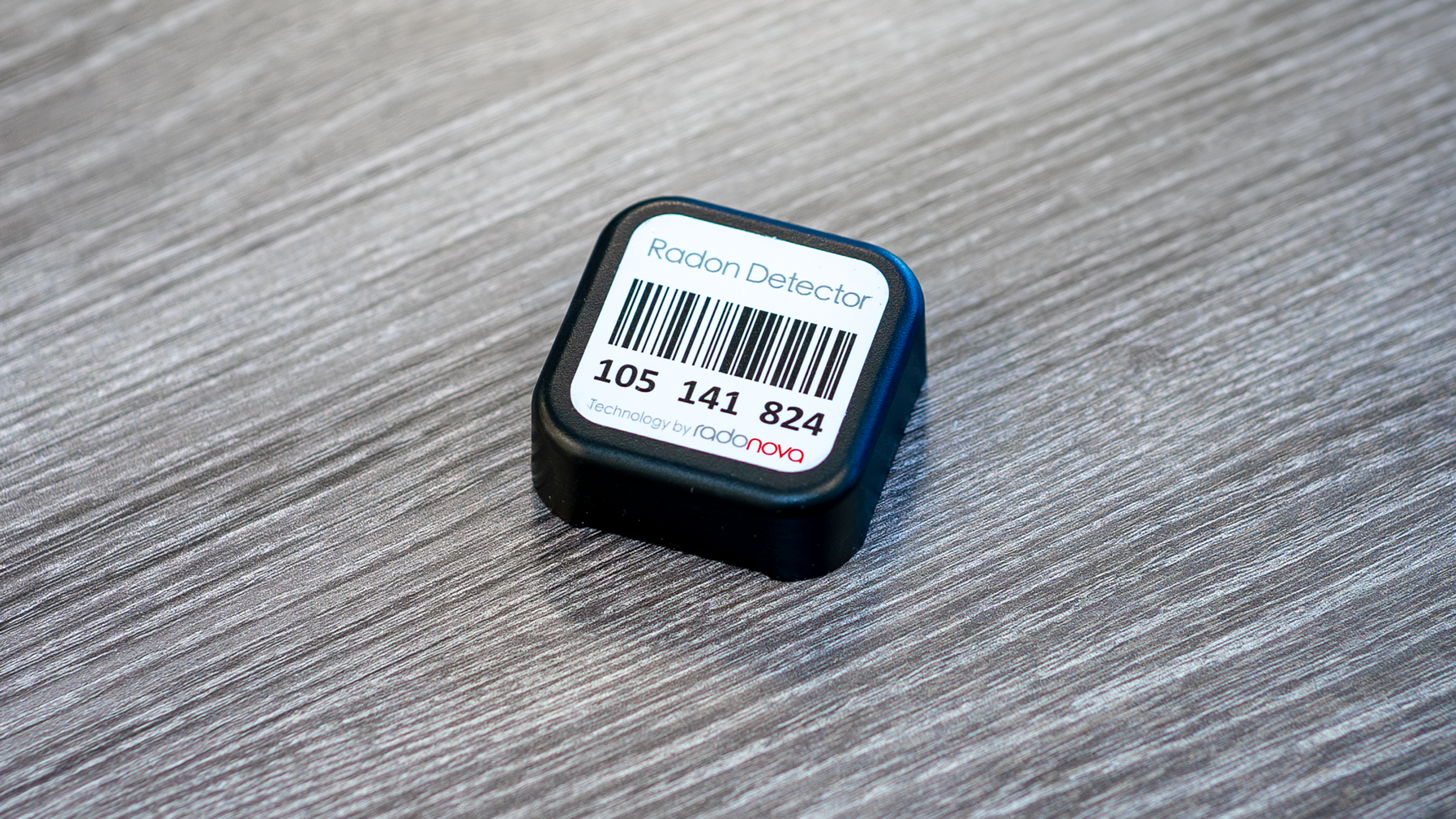

Radonova Participates in Canada’s Radiation and Air Pollutant Disease (RAPID) Prevention and Early Detection Conference
Dr. José -Luis Gutiérrez Villanueva of Radonova recently presented the topic of “Research-grade Real Time Radon Testing with Digital Devices” at the international Radiation and Air Pollutant Disease (RAPID) Prevention and Early Detection event in Calgary Canada.
Dr. Villanueva’s presentation began with an explanation of alpha track passive radon measurement and active radon measurement with a continuous radon monitor. The topic then moved into a discussion of the reasons for variations of radon levels which includes air pressure, temperature, weather conditions, and building ventilation patterns. For workplaces and schools, this is particularly relevant in order to know the radon employees, teachers, and students are being exposed to during the work or school day.
Variations of Radon in Buildings
Radon variations in buildings can occur quickly. A continuous radon monitor, such as the SPIRIT, can be used to measure the fast changes in radon. The SPIRIT radon monitor collects radon decays in two energy windows: one for polonium-214 (Po-214) and one for polonium-218 (Po-218) and radon-222 (Rn-222). By measuring polonium in the air and not just radon, the SPIRIT provides an immediate indication of radioactivity in the air and provides real-time accuracy even in dynamic environments.
Measuring Radon in Soil
The presentation concluded with an analysis of measuring radon in soil gas. Radonova’s MARKUS is an instrument that can be used to measure radon in soil for construction sites or other mapping. Although measuring radon in soil provides geogenic information of radon in a specific area, there are many factors contributing to the risk for indoor radon. These factors include rock and soil texture, seismic and tectonic zones, underground water, weather, building types and construction materials, and even socioeconomic factors. Dr. Villanueva stressed that homes, schools, and workplaces should always test to assess their individual risk of radon exposure.
SPIRIT Continuous Radon Monitor
The SPIRIT is a C-NRPP approved portable continuous radon monitor for use by radon professionals that measures radon in real time, stores the data in the cloud, and transfers the data wirelessly. Users have access to radon results through Radonova's online portal where the data is easily downloaded. The SPIRIT Radon® monitor also includes sensors for air pressure, temperature, humidity and movement/tampering as well as a 60-day rechargeable battery. It can also be used to satisfy Health Canada’s recommendation for a seven-day follow-up measurement in schools and HVAC controlled buildings where long-term radon results are above the guideline of 200 Bq/m3.
MARKUS Radon in Soil Measurement
The MARKUS is a portable, battery-powered precision instrument for determining radon content in the ground. A probe tube (hollow skewer) is driven into the ground where air is pumped through the probe tube to a chamber that detects radon decay products. The measurement result is shown on a digital display. A water trap is mounted on top of the probe tube to prevent water from being pumped up into the chamber.
Click here to stay informed about radon industry news and product discounts.
Published
October 11, 2024




